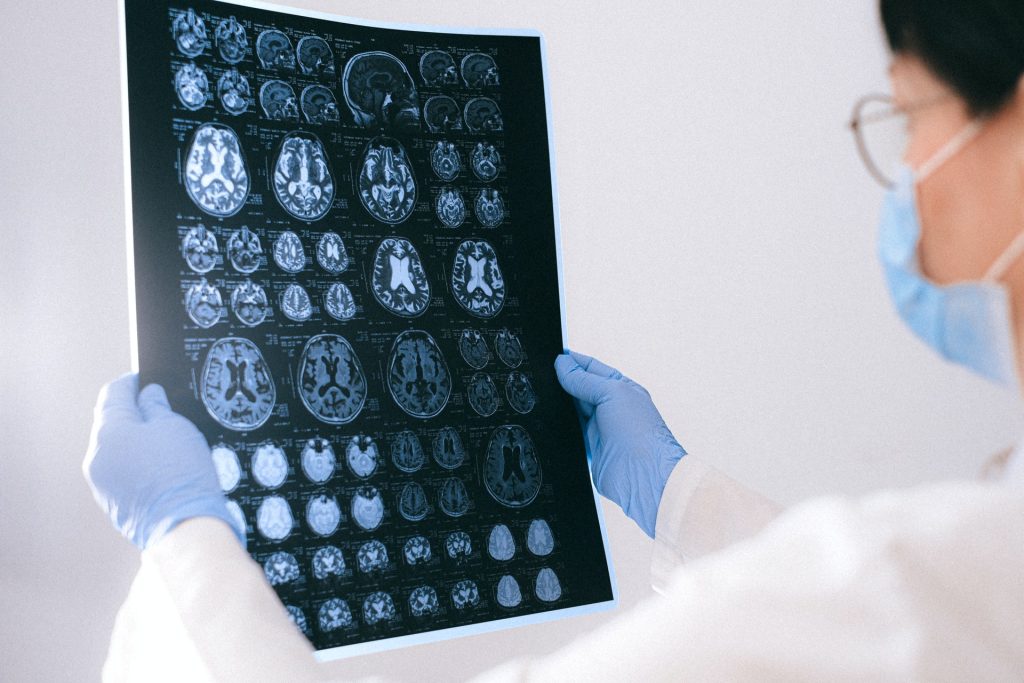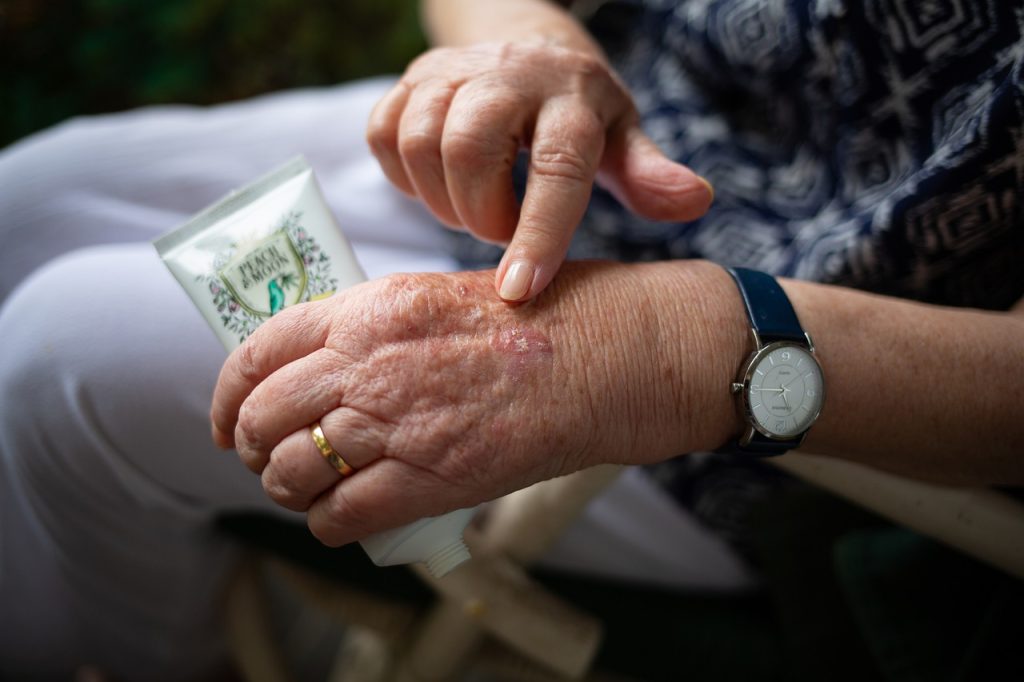Continuation of Opioids for Chronic Pain: Experts Divided

Chronic pain is complex and difficult to treat. Prescribing opioid pain medications has become controversial but may help some patients.
With the goal of informing clinician practice, a new study explores the harms and benefits of continuing and of discontinuing the long-term prescription of opioid medicines to adults with chronic pain. The authors analysed the opinions of 28 experts on the harms versus benefits of maintaining, tapering or terminating opioid pain medication prescriptions for chronic pain, a common condition worldwide that is typically quite difficult to treat.
The study authors found a lack of consensus among the experts on how to treat chronic (lasting three or more months) non-cancer pain. Slightly more than a third of the experts (36%) believed that long-term opioid therapy is beneficial, while an equal percentage indicated that it should be discontinued.
More than half of the experts believed that patients can experience harm from overly rapid tapering and discontinuation, while some recommended attempting a slow taper (even with a prior unsuccessful taper), possibly with addition of medications to manage withdrawal) in order not to maintain opioid therapy.
Some of the experts advocated for switching patients to buprenorphine, which diminishes the effects of physical dependency to opioids, such as withdrawal symptoms and cravings, and is used to treat pain. Some considered adding non-opioid pain therapies (including re-trying these therapies even if they were unhelpful in the past) as well as engaging in shared decision-making with the patient, although there was little consensus on how to accomplish these options.
Some, but not all of the experts, noted the benefit of addressing co-occurring conditions related to patient safety, such as alcohol use, mental health symptoms and opioid side effects.
Few of the experts brought up assessing or addressing opioid use disorder or overdose risk.
“The potential harms of opioid pain medication are well known, nevertheless patients can become habituated to them and want their physicians to continue prescribing them. Taking patients off opiates may result in return or worsening of chronic pain, mental health issues, drug seeking and potentially overdose and death. Additionally, these drugs could be used by someone else, possibly winding up on the street,” said study co-author Kurt Kroenke, MD of the Regenstrief Institute and the Indiana University School of Medicine. “On the benefit side, these drugs may be helping relieve the patient’s often debilitating pain which can impact the ability to interact with family, to hold a job, participate in social activities and many other aspects of life.”
A substantial number of people who are prescribed opioid pain medications continue to experience chronic pain. Dr Kroenke notes that these individuals may be good candidates for tapering to a lower dose, prescription discontinuation and moving on to effective, safer treatments for pain.
The authors conclude their analysis of the experts’ opinions, “Guidelines on whether to continue or taper opioids prescribed long- term may be difficult to utilize given professional liability concerns, changing regulations and health system initiatives, differing provider-patient perspectives on long-term opioid benefits and harms, and some providers’ beliefs that opioid dependence interferes with patients’ objectivity. In the meantime, individual care decisions that involve weighing relative harms should draw on longstanding norms of ethical medical care that call for informed consent and patient-provider conversations grounded in mutual respect.”
The study is published in the peer-reviewed journal Pain Practice.
Source: EurekAlert










